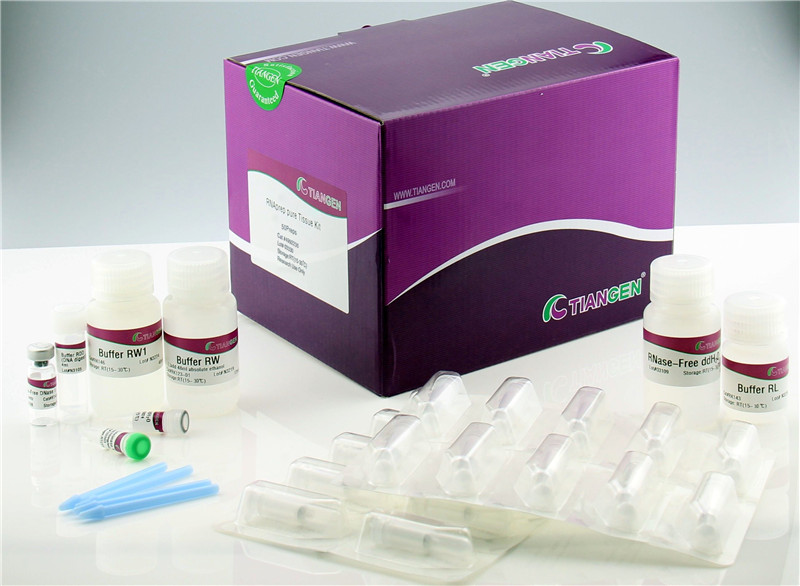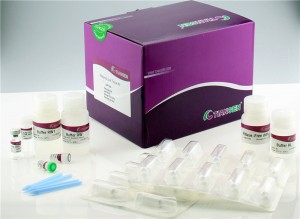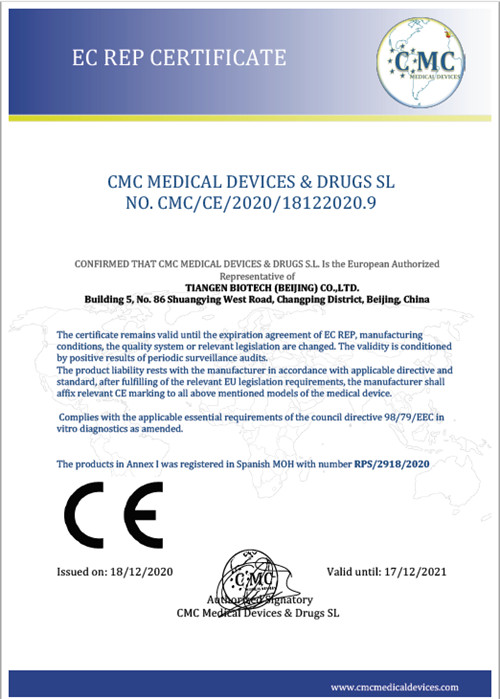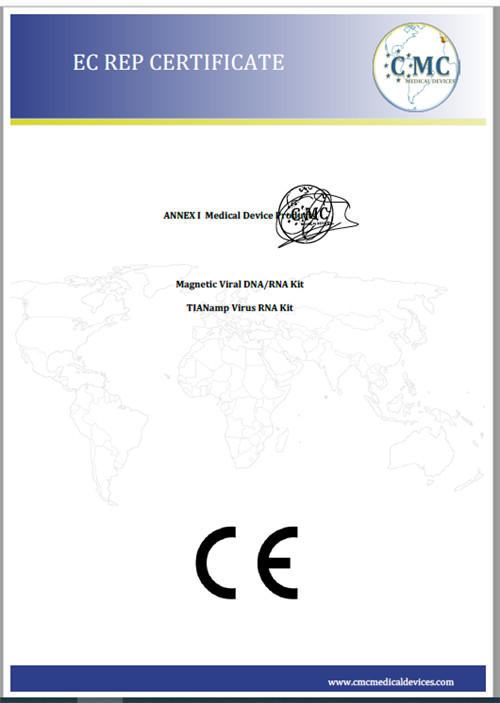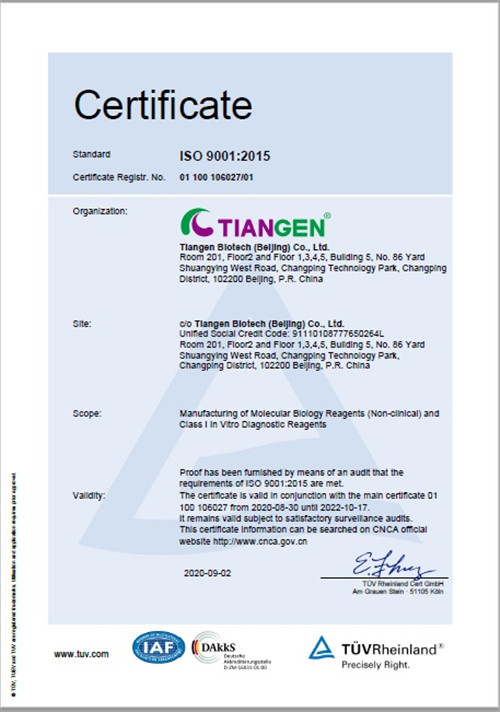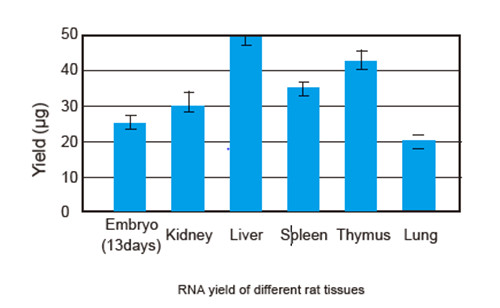 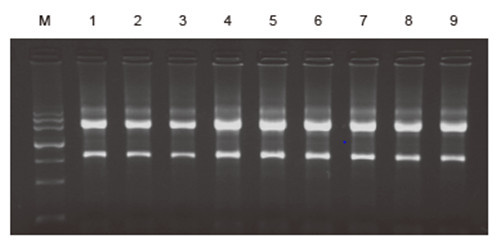 |
Material: 20 mg embryo (13 days), 15 mg kidney, 10 mg liver, 15 mg spleen, 10 mg thymus, 20 mg lung Method: Total RNA from different tissue samples of rat was purified using the RNAprep Pure Tissue Kit. Results: The agarose gel electrophoresis picture is showed above. 2-4 μl of 100 μl eluates were loaded per lane. M: TIANGEN DNA Marker III; Lane 1-2: Embryo (13 days); Lane 3: Kidney; Lane 4-6: Liver; Lane 7: Spleen; Lane 8: Thymus; Lane 9: Lung. The electrophoresis was conducted at 6 V/cm for 30 min on 1% agarose gel.. |

